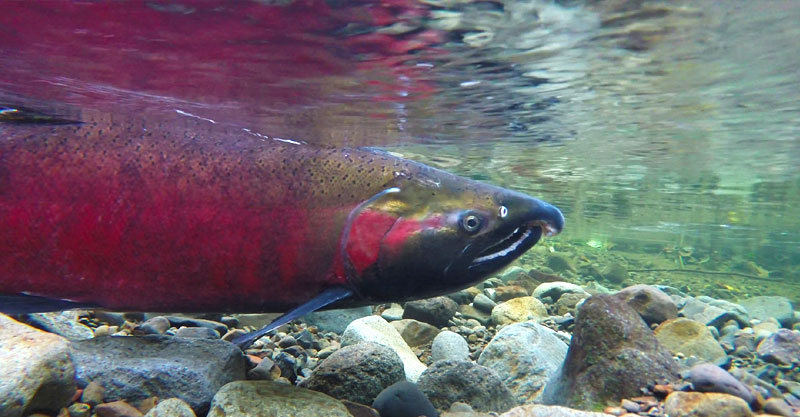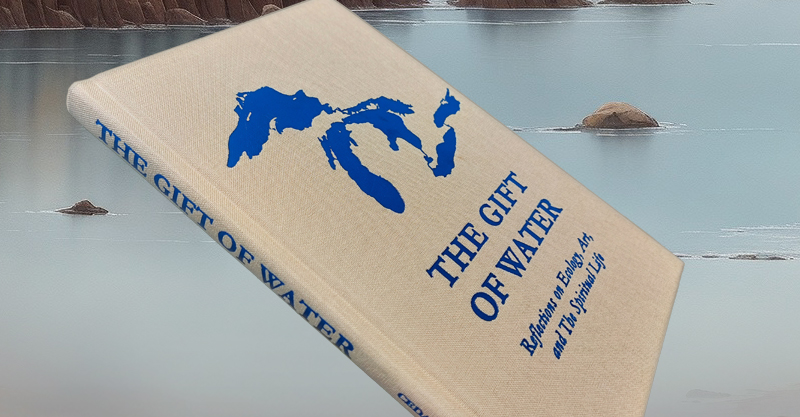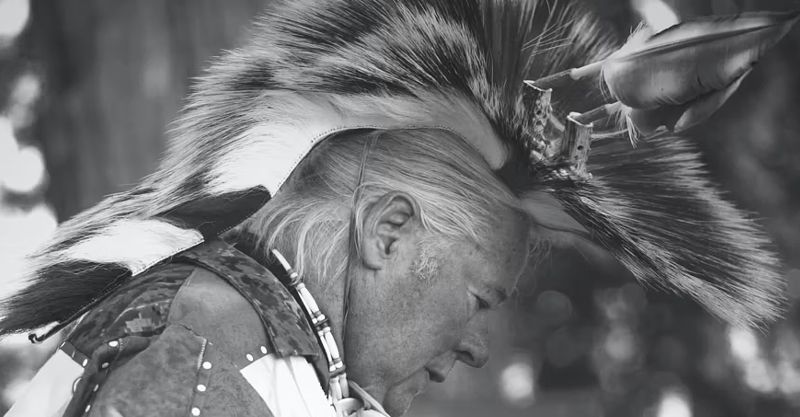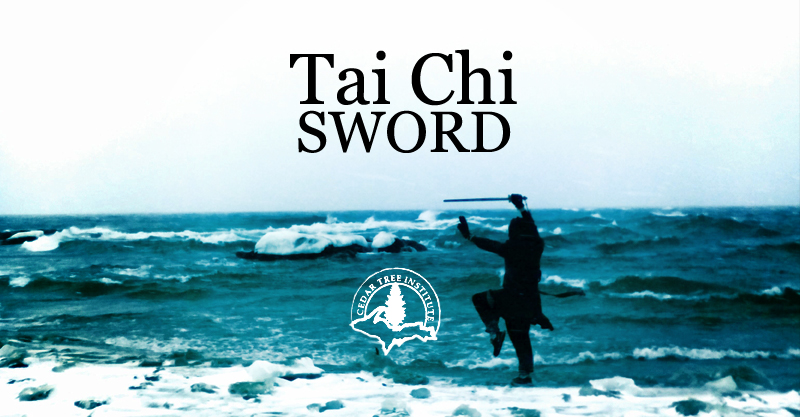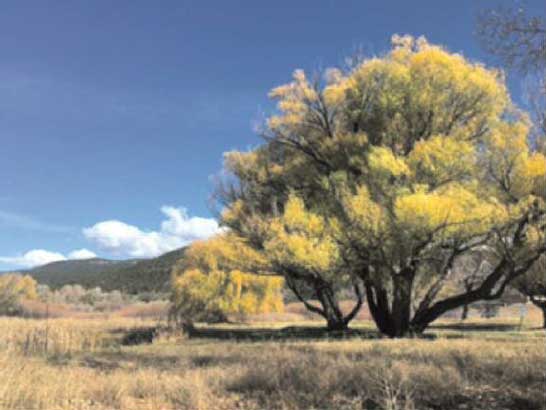How Wild Salmon Might Save Us
By John P. Rosenberg
For people of the Pacific Northwest, our deepest encounters with wilderness often involve wild salmon. My first experience came in my formative years as a pastor and changed the ways I thought and spoke about God. Over the years I discovered that salmon are deep in the souls of the people I was called to serve and a primary means by which many of them experience the sacred.
This is no surprise in a place where every school child can recite the life cycle of the salmon. From an early age, they learn the story of the salmon’s birth in the gravel of their native rivers and how the tiny fry begin their long journey to the ocean. Children are familiar with the incredible obstacles both natural and manmade that salmon face on their perilous odyssey and of how, years later, a chosen few survivors return to the place where they were born to spawn, die and begin the cycle again. Like wine, wild salmon carry the terroir of the place of their birth.
Salmon inhabit the public art and architecture of our region. They are embedded in our sidewalks and light up our decks and Christmas trees. They are so ubiquitous that, as Tim Egan observed, an anthropologist new to the region would find more fish icons than crucifixes. They are so much a part of our self-understanding that it is sometimes difficult to remember that they’re going extinct.
Salmon are at the center of continuing court battles and billions of dollars’ worth of corporate and government recovery efforts. In the Columbia River—where 16 million salmon once returned annually—less than 3 million now inhabit the entire watershed. Most of them are born and raised in the concrete runways of fish hatcheries rather than the gravel of freeflowing, pristine rivers their ancestors came from. Over two dozen separate stocks of Columbia River and Puget Sound salmon are currently listed under the Endangered Species Act. Countless others are gone forever. Salmon are at the same time omnipresent and quickly vanishing. Their demise has created a spiritual identity crisis in a place that has been defined as “anywhere salmon can still get to.”
When our daughters were young, my wife and I made a point of taking them to places where they could see wild salmon. We did not offer much by way of explanation other than the basic biological facts of life and death of these anadromous sojourners. The mysterious sight of their battered but noble bodies as they moved upstream against the current seemed to make any further explanation unnecessary. As they grew older and viewed the salmon through their own experiences of life and death, they learned for themselves what it meant to move against the current and soon enough, they made their own deep connections with the salmon and their places of birth.
Such family and community pilgrimages are not unique to our family. Annuals runs to local watersheds bring thousands of people each fall to observe the miracle of wild salmon spawning. Later in the year, volunteers gather to disperse dead salmon carcasses from local fish hatcheries to rivers and streams that can no longer sustain wild runs. Because Pacific Salmon die after spawning, their dead bodies have been bringing life-giving sustenance from the nutrient-rich ocean to the comparatively barren inland watersheds of the Northwest for thousands of years. Over 137 different species of plants and animals depend upon nutrients brought back to their natal streams by dying salmon. When the glaciers from the last great ice age receded, the decaying bodies of salmon provided the biological foundation for the proliferation of life in coastal rainforests that once ran from Monterey to Southeast Alaska. I often wonder if there will be any salmon left to heal the ravages of climate change.
Returning dead salmon to the river is reminiscent of the First Salmon ceremonies practiced by the first inhabitants of our region from time immemorial. In every version of this ceremony, the bones of the first returning salmon are reverently placed back into the river as an invitation for the salmon to return, bringing life for the people and the watershed along with them. For tribal people, right action leads to healing and life. Greed and neglect lead to death. It’s a simple enough equation that has proven infinitely difficult to live out.
I’ve been fascinated by the quickness with which people—when they are in direct contact with salmon—use what I call “spiritual” language to make sense of their experience. It is even more surprising because we live in what is widely acknowledged to be one of the most secular regions of the country—the so-called “None Zone.” There is something deeply spiritual about experiencing wild salmon that invites people to employ the language of the soul to describe it, even if they’ve never darkened the door of a church, synagogue, or mosque. They speak of hope and a connection to wildness; of how the salmon “bring the world with them.” They speak of healing and even resurrection. Their words have an unmistakable sacramental quality, infusing the material with the spiritual.
Like all wilderness, salmon help us take a longer view of our lives in relationship to creation and each other. They help us see that the world is larger than our individual concerns; larger even than our pain. They show us how the sacred permeates the natural world.
Paul Schell, former mayor of Seattle and son of a Lutheran pastor, put it well when he was asked about what the listing of so many stocks of salmon under the Endangered Species Act might mean for the people of our region. He pointed to the marvelous irony that “as we work to save the salmon, it may turn out that the salmon saves us.”
John P. Rosenberg is a retired Lutheran pastor in Tumwater, Washington,
from where he writes and ponders the miracle of wild salmon.
H o w W i l d S a l m o n M i g h t S a v e U s – 1 / 2 9 / 1 7 – C o p y r i g h t j p r

